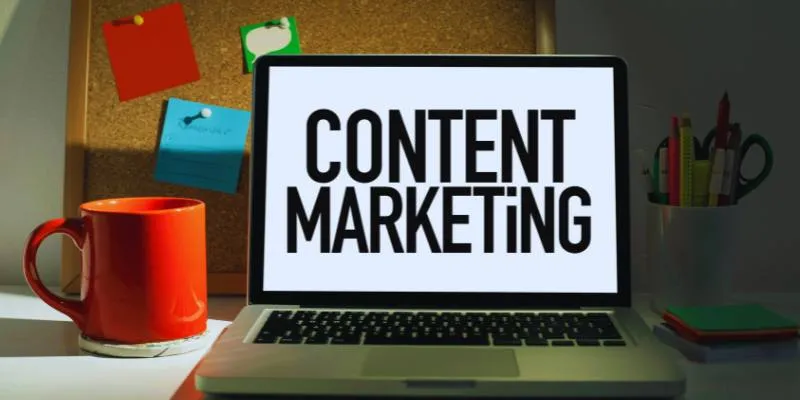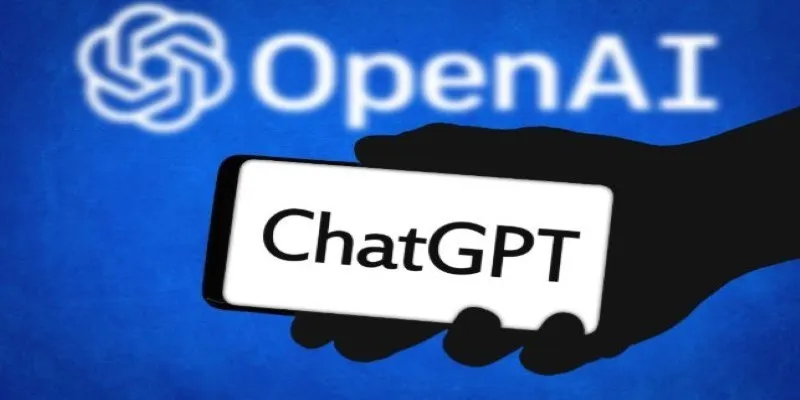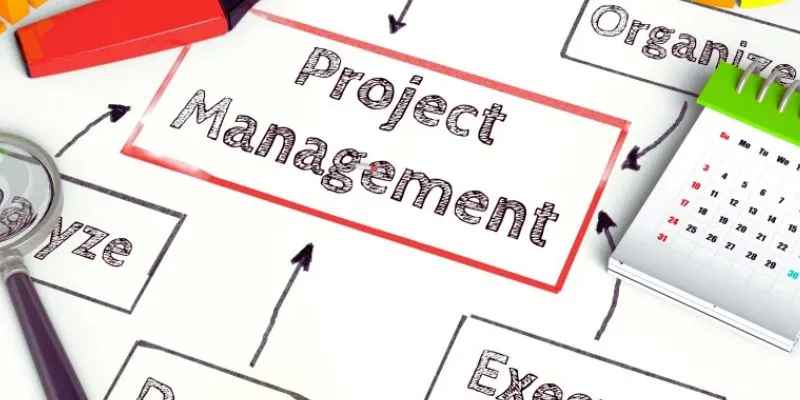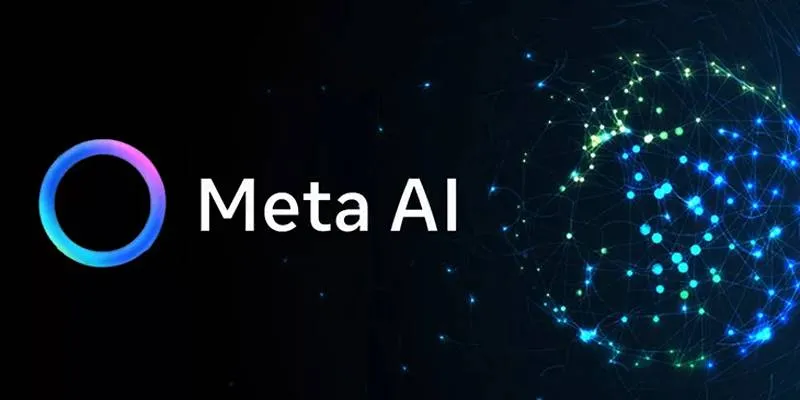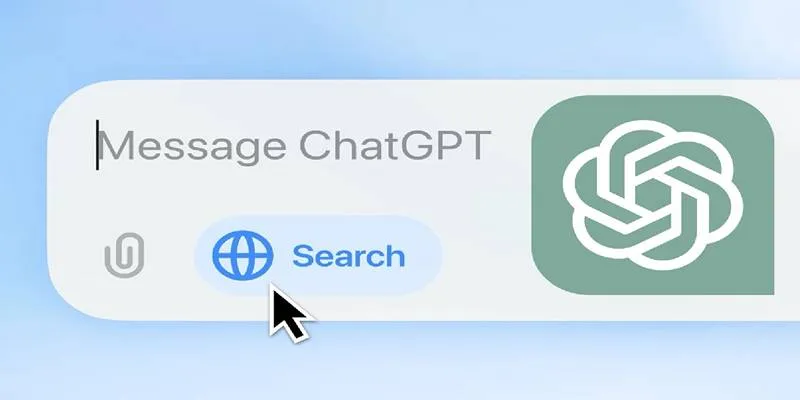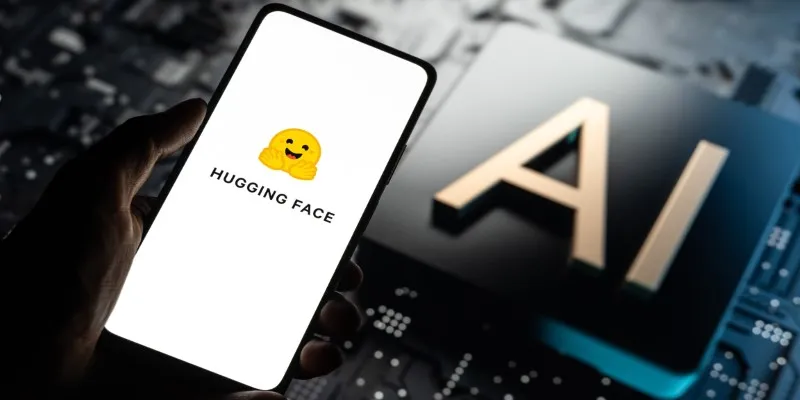You don’t need a flashy billboard to get noticed. A screen in someone’s hand is more powerful—and YouTube owns that space. It’s where attention lives now. Whether you sell coffee or coach freelancers, YouTube can take your message further than old-school ads ever could. But success doesn’t come from random uploads and luck.
To truly maximize your brand’s impact on YouTube, you need a clear plan, steady effort, and real intention behind every video. This isn’t about chasing trends or quick fame. It’s about building something real: a trusted voice, a loyal following, and a brand that sticks long after the views.
YouTube Is More Than Video—It’s a Search Engine, a Social Platform, and a
Trust Builder
YouTube isn’t just about uploading videos and collecting views. It’s a hybrid machine: part search engine, part recommendation engine, and part community. Most people forget that Google owns YouTube. That means your videos don’t just live inside the platform—they show up in Google search results. If you sell eco-friendly kitchen tools, someone searching “best reusable straws” might land on your video before they even reach your website.
That’s the first layer of its power. But there’s more.
Unlike Instagram or TikTok, YouTube has longevity. A video you post today could bring you viewers a year from now. The algorithm favors content that performs over time, not just in the first 24 hours. If you structure your videos around real questions your audience is asking, your brand keeps showing up at just the right moment—without you spending a cent after posting.
And it’s not just reach—it’s trust. Watching someone talk on camera builds a kind of connection that static posts or text ads can’t match. Your audience sees your face, hears your voice, and gets to know your style. They start to associate your brand with reliability. That’s a win every business wants but few manage to earn.
This is where most people get stuck. They know YouTube is big and useful, but they don’t know where to begin. That’s where a focused YouTube marketing strategy becomes essential.
Build a Strategy That’s Built to Last, Not Just Get Views
If you start creating videos without a plan, you’ll burn out quickly or be disappointed with the results. A solid YouTube marketing strategy gives your content direction and keeps your efforts aligned with your brand’s bigger goals. The first step? Understand who you’re talking to.

Your audience isn’t just anyone on YouTube—it’s the specific group that benefits from what you offer. If you sell fitness programs for beginners, your content should speak to people who feel overwhelmed by the gym, not bodybuilders looking for advanced techniques. That sounds obvious, but many brands forget this and try to appeal to everyone. The result is vague, forgettable content.
Once you know who you’re speaking to, figure out what they’re searching for. These are your content pillars—reliable topics that answer real questions, solve real problems, or provide value. If you’re in the skincare space, videos like “how to start a morning skincare routine” or “do I really need SPF indoors?” aren’t just helpful—they’re evergreen. They’ll keep attracting views for months.
Then there’s consistency. A single good video is a nice start. A consistent posting schedule builds momentum. Your audience starts to expect your content. They subscribe. They share. They come back. You’re no longer just a brand—they start to see you as a trusted part of their routine.
It’s also critical to optimize everything: your titles, thumbnails, and descriptions. These elements are the frontline of your YouTube marketing strategy. If someone doesn’t click, they’ll never hear what you have to say. That doesn’t mean clickbait—it means clear, honest, intriguing hooks that match the actual content.
Over time, you’ll see what works. Your best-performing videos will reveal what your audience really wants. Double down on those. Tweak the rest. This isn’t a one-and-done effort. It’s a cycle of creation, reflection, and refinement.
Turn Views Into Value: Build Community, Encourage Action, and Drive Real
Growth
Getting people to watch is just the beginning. What matters more is what they do next. YouTube is great for exposure, but to truly maximize your brand’s impact with YouTube, you have to guide your viewers beyond the video.

That means giving them a reason to stick around. Encourage them to comment, subscribe, or visit your website. End every video with a clear, simple call to action—something like, “Download our free guide” or “Subscribe for weekly tips.” You’d be surprised how often people need that nudge.
Another overlooked part of the equation is community. YouTube isn’t just a broadcast tool—it’s a conversation. Reply to comments. Ask your viewers what they want to see next. Feature their questions in future videos. When people feel seen, they stick around.
And here’s something most brands miss: your YouTube audience is a test group. The feedback, engagement, and data you get from your videos can help you refine your products, improve your messaging, and understand what truly resonates. That kind of real-time insight is gold.
As your channel grows, you’ll start to see patterns. Your best videos aren’t just the ones with the most views—they’re the ones that drive action. They bring in email signups, product sales, or long-term fans. Use those patterns to shape the rest of your marketing. Your YouTube content can feed into your blog, email newsletter, or even offline campaigns. It’s not isolated. It’s a launchpad.
The real impact isn’t in the video itself—it’s in the ripple effect that follows. That’s the mark of a strong YouTube marketing strategy.
Conclusion
YouTube isn’t just about views—it’s about building trust and turning attention into action. When you create purposeful content, stay consistent, and engage your audience, you lay the groundwork for real brand growth. With a strong YouTube marketing strategy, your videos keep working long after they’re posted. It’s not a quick fix, but it’s a reliable path toward impact. Show up, stay honest, and let your brand speak for itself—one video at a time.
 zfn9
zfn9

